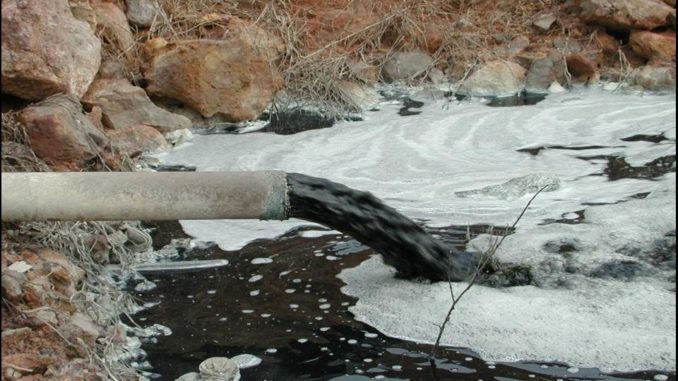
A design of microbial fuel cells has been developed that can produce electric energy using waste. The cells will not only help in generating power but will also curb pollution caused by untreated waste. A microbial fuel cell works on the principle of oxidation of organic materials by micro-organisms. Land fill leachate (a dark liquid) can be used that either percolates through the landfill system or is composed of waste water- as fuel for the cells.
The leachate is highly polluted and can contaminate ground water if left untreated, However, it contains organic and inorganic nutrients, which release energy when broken down. The microbial cells also help reduce the COD (Chemical Oxygen Demand) levels in leachate, thereby treating waste water partially. This water can be treated further and released into water bodies. Other conventional methods use electricity for the treatment of the water. The microbial fuel cells are the most effective way of generating electricity and simultaneously treating water.
When the microorganisms in it are broken down, they generate electrons and positively charged ions, which move towards oppositely charged terminals in the cell. This flow of charged particles generates electrical energy.
The newly developed electrodes using conducting polymers are resulting in higher organic matter oxidation and power generation. Domestic waste water, distillery waste water, farm manure etc. can be used as feedstock in the MFCs but the best performance has been resulted from leachate. (Developed by IIT-B, India).
Matter Referenced: Times of India, Ahmedabad, Saturday, 9th February, 2019.
By: Dr. Bhawana Asnani.
Happy to see Reviews, Additions, Suggestions and Comments, further.

Leave a Reply
You must be logged in to post a comment.